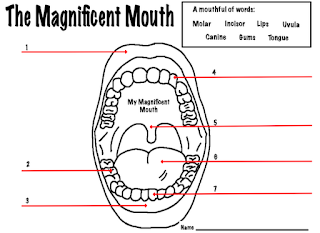My students loved this easy candy bar density demonstration using a
Snickers and a 3 Musketeer bar. The demonstration addresses a few target
questions related to the study of density such as; How can we measure the volume of a rectangular prism? How do we
measure the mass of an object? How can we calculate the density of a
candy bar? How does density relate to sinking and floating? What is the
density of water? Does an object’s density change when it is cut in half?
The students LOVE that the Snickers sinks but the 3 Musketeers floats… Ah ha!
Snickers and a 3 Musketeer bar. The demonstration addresses a few target
questions related to the study of density such as; How can we measure the volume of a rectangular prism? How do we
measure the mass of an object? How can we calculate the density of a
candy bar? How does density relate to sinking and floating? What is the
density of water? Does an object’s density change when it is cut in half?
The students LOVE that the Snickers sinks but the 3 Musketeers floats… Ah ha!
Materials:
3 Musketeers
Snickers
Calculator
Metric Ruler
Metric Ruler
Triple Beam Balance or Scale
Clear tub of water
Student observation charts
Procedure:
- Measure the length, width and height of each candy bar. Use the formula V= l x w x h to
determine the volume of each candy bar. - Measure the mass of each
candy bar using a triple beam balance or electronic scale. - Use the formula D= m/v to
determine the density of each candy bar. - Using the data gathered so far, ask students to predict if the candy
bars will sink, float or suspend. I had an extra candy bar cut in half for
students to see the inside. We
talked about how density is how “tightly packed an object’s atoms are.” Looking at the candy inside seemed to
help my visual learners. - Put the candy bars in water
and observe! Discuss the density
of pure water (1 g/mL) in comparison to the densities you calculated for each
candy. - Ask the students to predict
what will happen if the candy is cut in half. (Some might say that
the density will be less or cut in half and so they think that the snickers
will float when cut.) - Show students how cutting the candy bars does not impact their
densities. In our class we talked about how density is how packed the candy is
inside. Cutting a snickers bar in half doesn’t impact what it is made of. Each piece is still tightly packed with
peanuts and caramel! - Survey students: Do you like a more dense candy
(snickers) or a less dense candy (3 musketeers)? Treat your super scientists to a candy snack of their
choice!
Here is an example of what my students recorded in their science journals during the demonstration.
If you are teaching density, you might be interested in my SINK OR SWIM Density Review Game on TpT. Check it out!
Thanks
for stopping by Kate’s Classroom Café.
Happy Teaching!
for stopping by Kate’s Classroom Café.
Happy Teaching!






